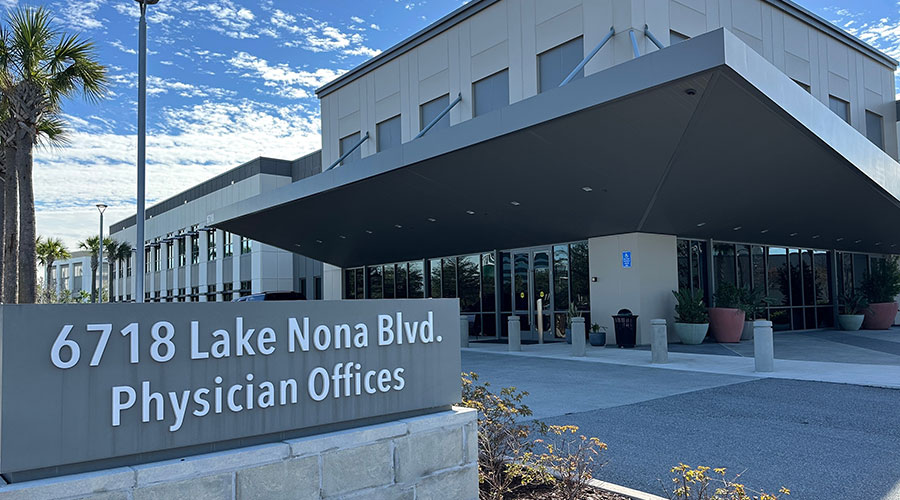According to a U.S. Department of Veterans Affairs (VA) Office of Research & Development news brief, a new multi-center study published by VA researchers recommends that pulsed xenon ultraviolet (PX-UV) light room disinfection technology be integrated into daily hospital operations. This is the 25th peer-reviewed study confirming the efficacy of pulsed xenon UV disinfection in the healthcare environment and the 7th government-led, peer-reviewed, published study on the efficacy of pulsed xenon UV disinfection. Nine peer-reviewed studies have shown reductions in Clostridium difficile (C. diff), methicillin-resistant Staphylococcus aureus (MRSA), vancomycin-resistant Enterococci (VRE) and/or Surgical Site Infection (SSI) rates when pulsed xenon UV was used to disinfect rooms.
Nearly 300 people die in the U.S. every day from an infection caused by microorganisms such as C. diff, MRSA and VRE, which are rampant in healthcare facilities. Studies show that less than half the surfaces in a hospital room are properly disinfected between patients, and some of the pathogens that cause infections have become resistant to cleaning chemicals. Xenex Disinfection Systems’ LightStrike robots use pulsed xenon, an environmentally-friendly noble gas, to create intense, Full Spectrum™ UV light that destroys infectious germs in less than five minutes.
The new study “Effect of pulsed xenon ultraviolet room disinfection devices on microbial counts for methicillin-resistant Staphylococcus aureus and aerobic bacterial colonies,” published in the American Journal of Infection Control (Am J Infect Control. 2018 Apr 11), found that pulsed xenon UV devices (Xenex LightStrike™ Germ-Zapping Robots™) disinfect hospital rooms far more effectively than manual cleaning. In the multi-center study, researchers tested surfaces from rooms in two hospitals cleaned using pulsed xenon UV and rooms from two hospitals that were cleaned via traditional cleaning methods. MRSA counts were reduced by 75 percent in the rooms disinfected with pulsed xenon UV devices and aerobic bacteria colony counts were reduced by 84 percent in the pulsed xenon UV rooms. Manual disinfection reduced bacteria counts only by 25-30 percent.
According to the study, “Inadequate environmental disinfection represents a serious risk for health care associated infections…. This multicenter study demonstrates significantly reduced disinfection across several common pathogens in facilities using PX-UV devices.”
The Ebola virus epidemic in 2014 demonstrated that deadly pathogens can and do cross borders, creating challenges of preparedness for hospitals and health care workers. To validatehow LightStrike robots can be used for the decontamination of facilities, vehicles and equipment affected by a natural outbreak or act of bioterrorism, Xenex tested its robot against live Ebola virus and Bacillus anthracis (anthrax) spores in a BioSafety Level 4 laboratory. The Xenex robot easily and quickly destroyed both Ebola and anthrax spores on surfaces.
 States Move Forward to Better Protect Senior Citizens
States Move Forward to Better Protect Senior Citizens Archer and REDA to Transform Newport Beach Building into Outpatient Center
Archer and REDA to Transform Newport Beach Building into Outpatient Center Sunflower Medical Group Facing Lawsuit Following January Data Breach
Sunflower Medical Group Facing Lawsuit Following January Data Breach Nemours Children's Health Opens New Location in Lake Nona
Nemours Children's Health Opens New Location in Lake Nona Enhancing Safety at Hennepin Healthcare with a Screening System
Enhancing Safety at Hennepin Healthcare with a Screening System